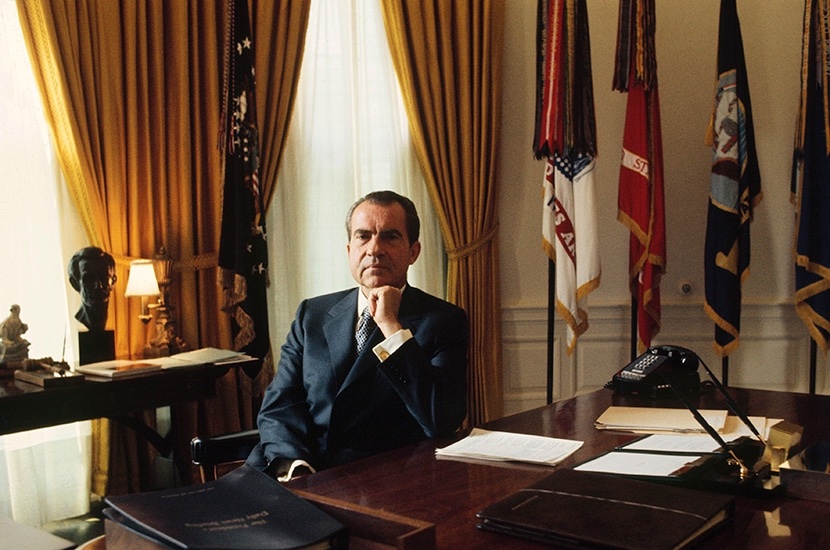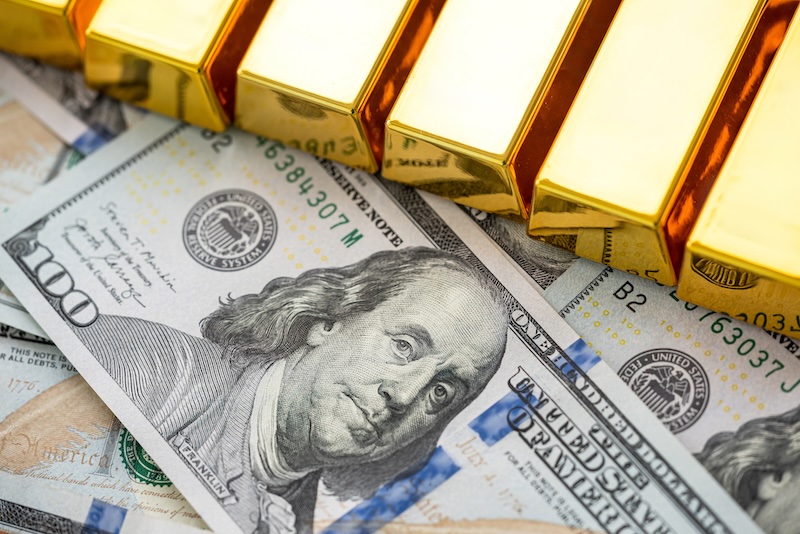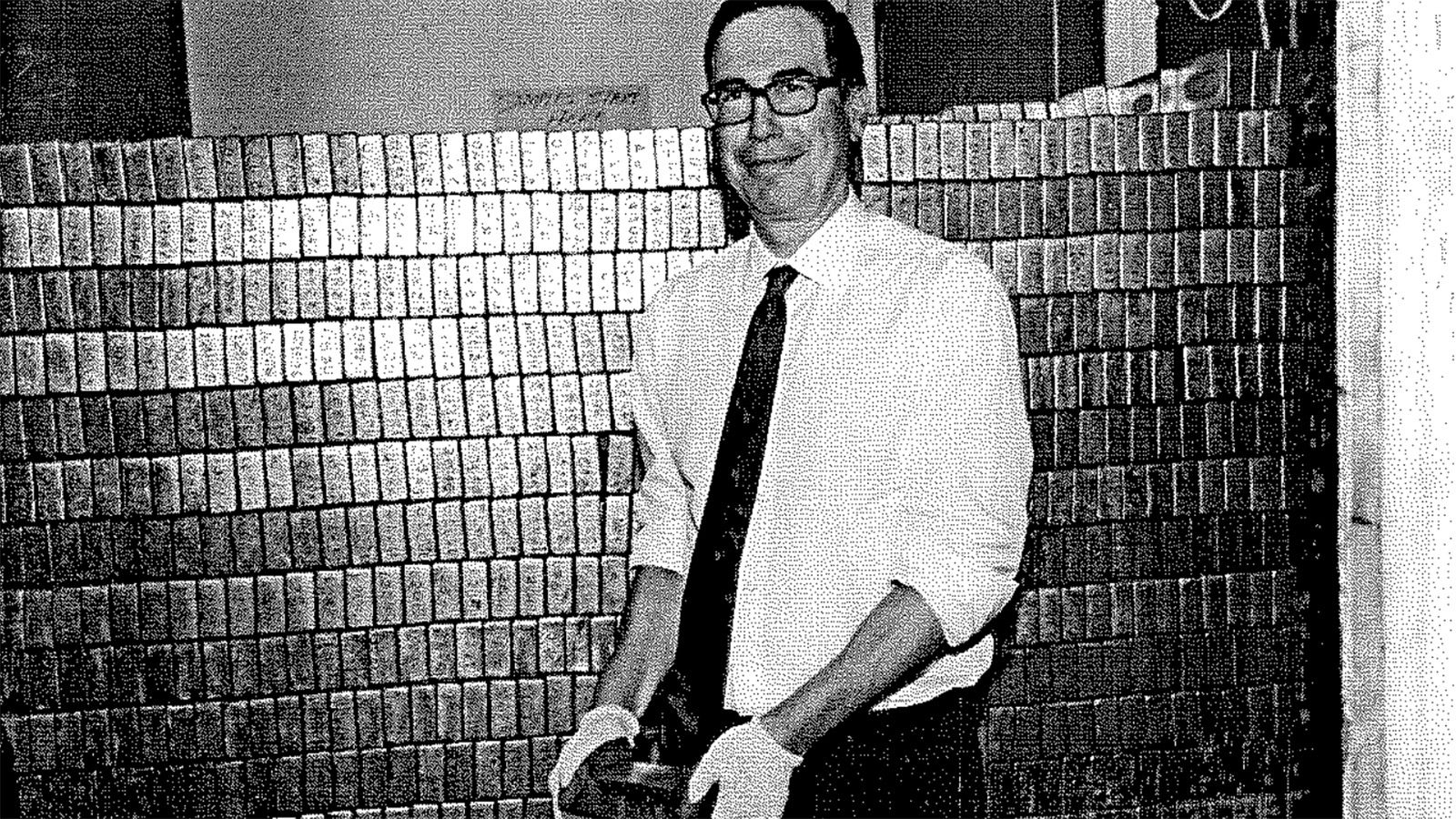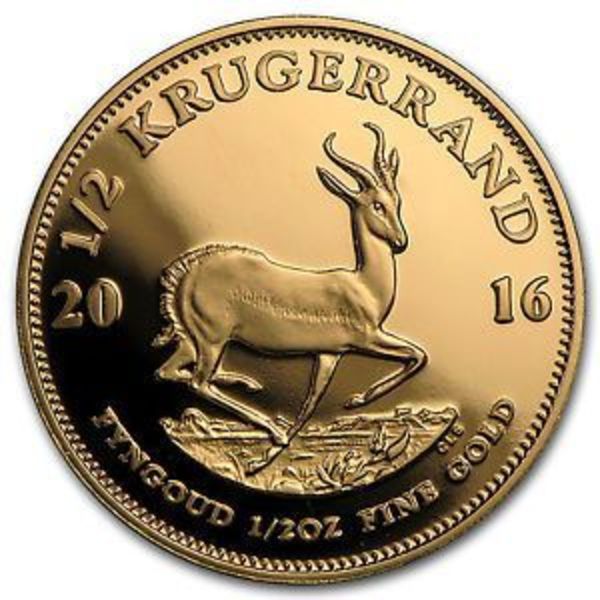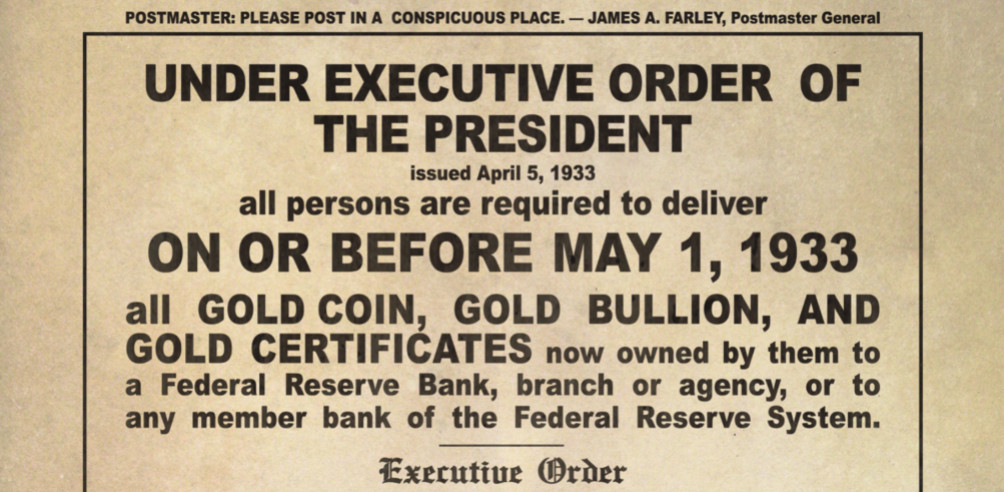The dollar emerged as a reserve currency following World War II as part of the Bretton Woods Accord. This was due to the United States having the largest gold reserves at the time. Bretton Woods provided fixed gold prices that was pegged to the USD making it the central spoke for trade.
NPR did a report in 2019 that gives some history on the Bretton Woods agreement, the development of the World Bank and International Monetary Fund or other organizations involved in evangelizing the use of the dollar in international trade.
More About Bretton Woods
In 1971, economic conditions were not entirely different than they are today. At the time, the economy was suffering from a relatively high rate of inflation, the ongoing war in Vietnam led to significant budget deficit and mounting debt, and there had been a longstanding decline in the U.S. monetary gold stock, and a recent, sharp rise in external dollar liabilities held by central banks.
Corruption in government had also reached a tipping point which later led to Watergate, the Church Committee and other investigations.
In August of 1971, Nixon held a top-secret meeting at Camp David with his top financial and economic advisors that included the likes of Arthur Burns, John Connally, Paul Volker and others.
Together they created a strategy for a controversial policy that removed the dollar from the gold standard which disrupted the global economy.
Long term, the decision to remove the dollar from the gold standard led to a decline in central bank holdings that reached the lowest point around 2010.
Since the financial crisis in 2008, Central Banks have been following the lead of BRICS nations and continued their gold buying streak in 2022. Globally, central bank holdings have now reached their highest point since 1974.
The Biden Administration faces additional problems today that didn’t exist in 2008.
Russia began exchanging rubles for gold and requiring foreign nations to pay for gas and oil in rubles to flout US sanctions. Some of this has been factored into gold prices this year.
Recent news of Qatargate involving the arrests of several prominent members of the European Parliament is more evidence of the corruption ingrained in the dollarized financial system.
Although the origins of Bitcoin remain up for debate, the original cryptocurrency also developed in response to the 2008 Global Financial Crisis that resulted from the US recession.
Cryptocurrency ledgers provide a shared and public transaction record that could provide central banks with more transparency.
However, the adoption of CBDC as proposed by the G7 as a programmable currency is fraught with controversy. Much of this causes confusion with consumers who are already struggling with mass adoption of crypto.
The recent crash of the FTX crypto exchange highlights significant issues of corruption within the current system that continues to spread to other sectors of the economy. plus the evidence of the emergence of a global BRICS currency backed by the combined gold reserves of member nations are just two of the additional challenges.
Discussions of a BRICS mixed basket currency began to emerge following the global financial crisis in 2008. Which was triggered by lax lending standards, record amounts of consumer debt and other factors that fueled the first housing bubble.
The BRICS reserve basket currency allows member nations to engage in trade bypassing the USD. The strength of their local currency will help to strengthen their influence in the basket.
Some economist see this as a real threat to the dollar as a global reserve currency, thus reducing the demand for dollars worldwide.
On a macro level many of these things are seen as good indicators of strong demand and long term upward movement in gold prices.
